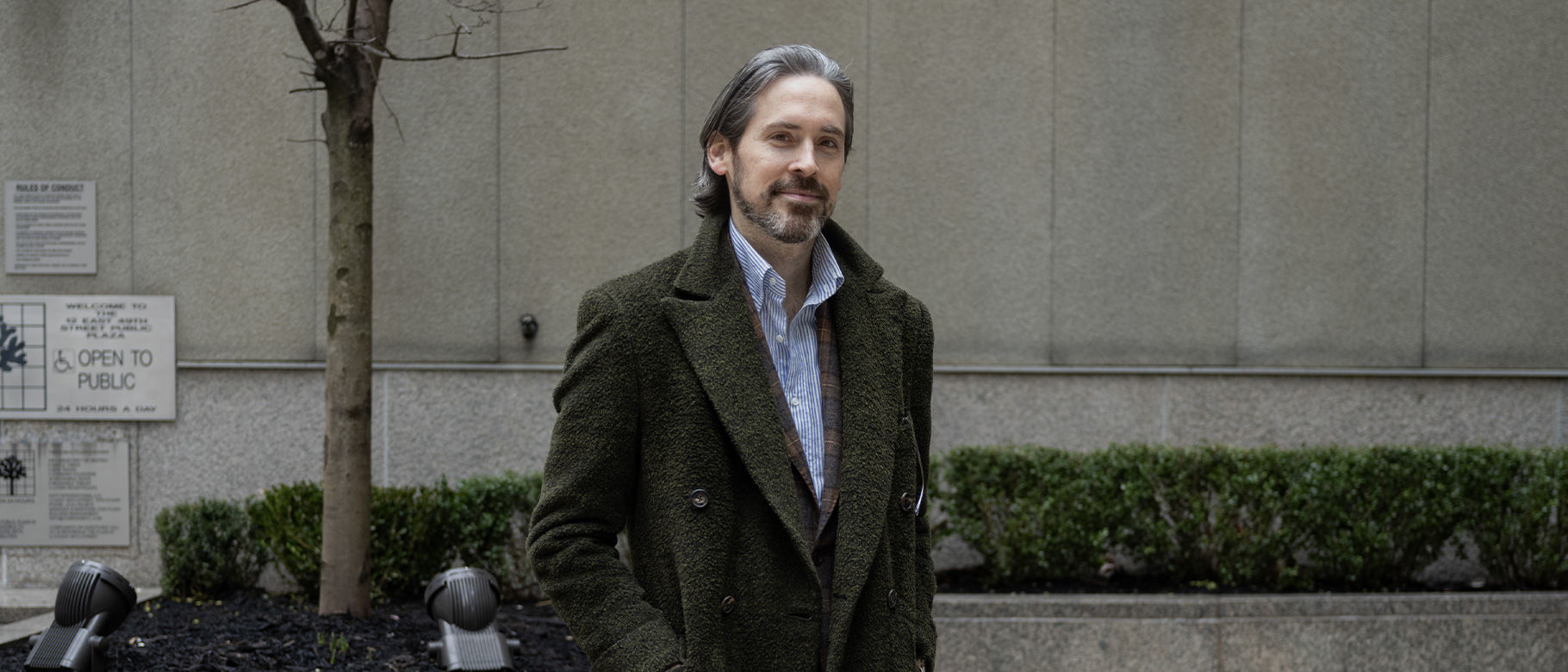

At 3 East 48th Street, Midtown Manhattan I find Jonathan Sigmon at the Alan Flusser store. I stopped by to see how he’s navigated the transition to becoming the proprietor and creative lead.
If you’ve seen American Psycho or Wall Street then you get the classic Flusser look. Powerful suits with a nonchalant elegance. As well as being the designer of these character’s wardrobes, Alan Flusser’s shop was the place to have custom clothes made from the late 80s onwards.
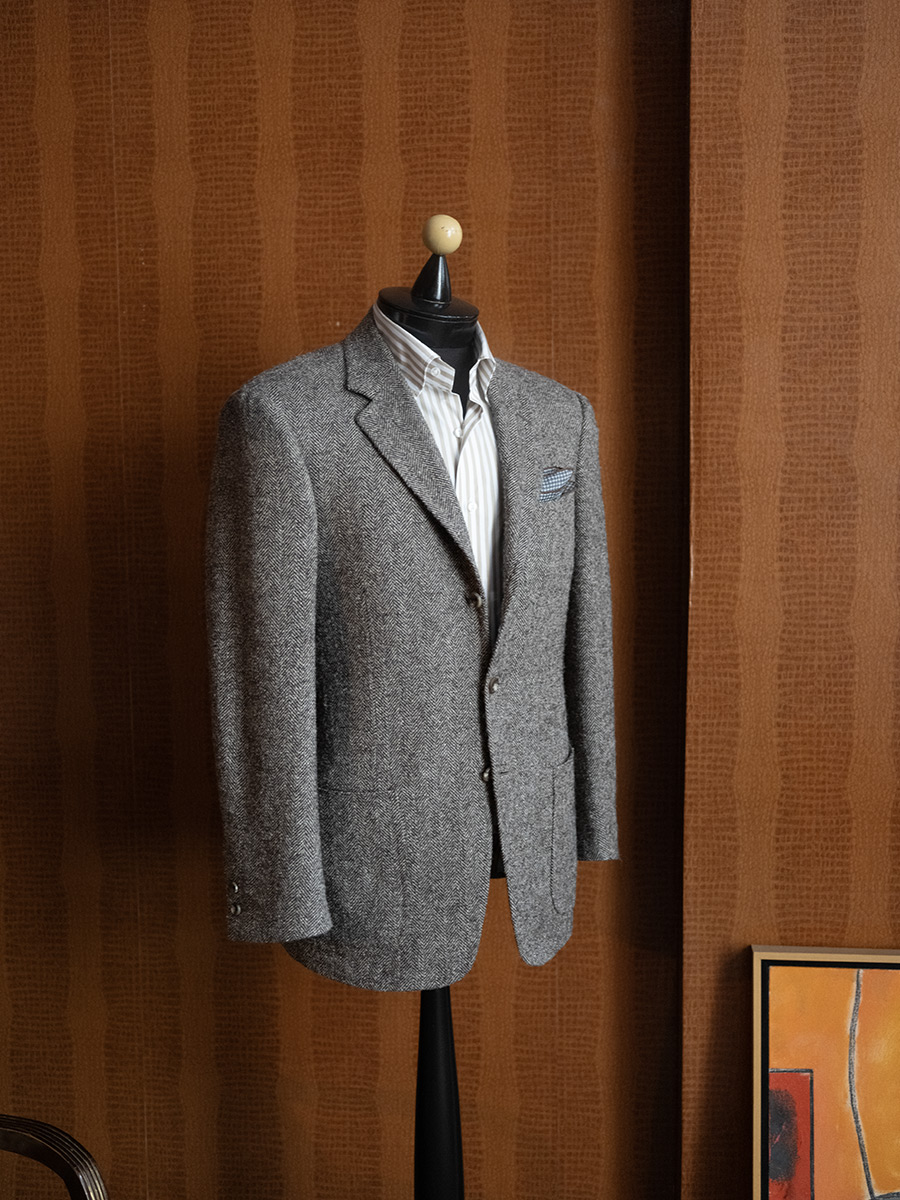
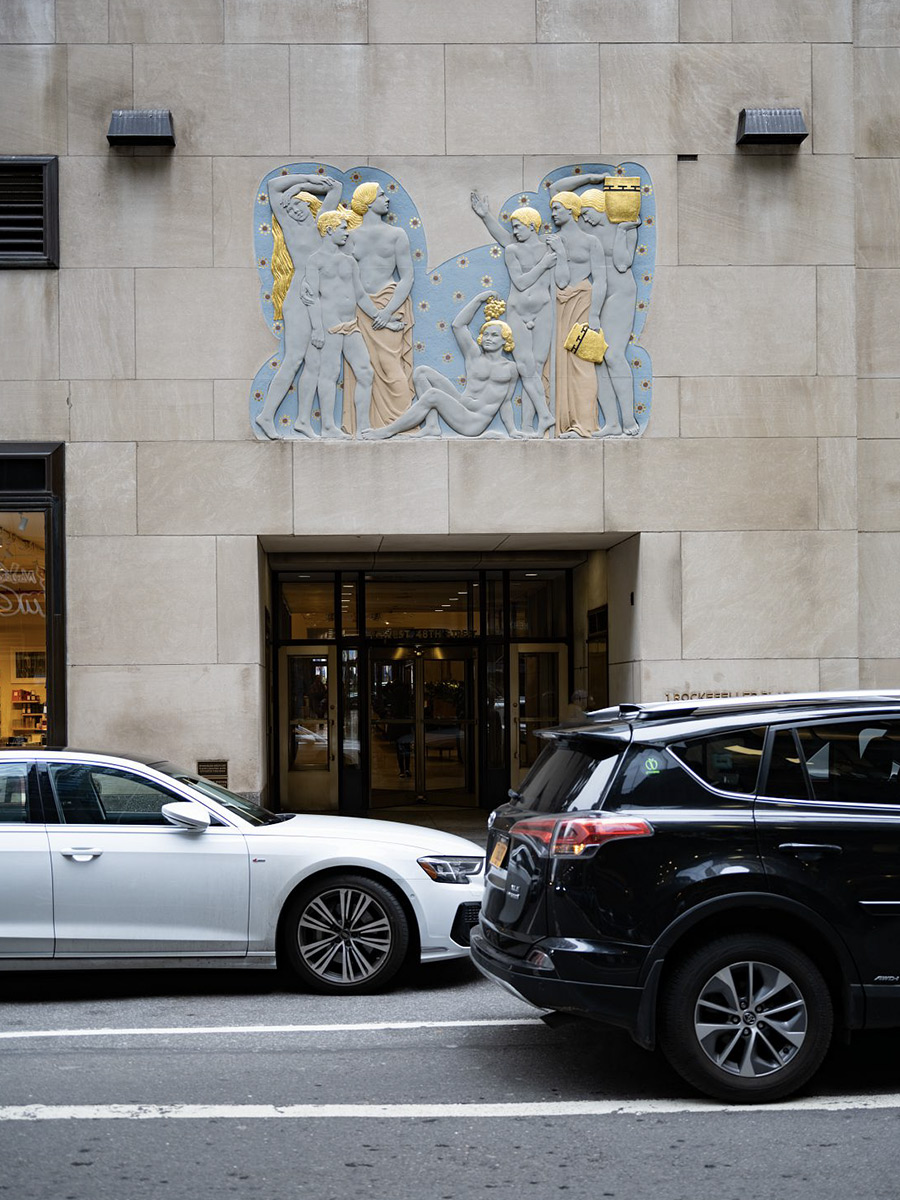
Jonathan, tell me about Alan?
Alan is an author and designer. For 35 years he ran The Alan Flusser Custom Shop, and wrote a number of influential books on guiding men on how to dress well. He is perhaps best known for his book Dressing The Man, which is widely considered the most influential book on men’s clothing.
He founded the Alan Flusser Custom Shop in the 1980s, and he was one of the earliest proponents of the soft, “drape” style tailoring in the United States. When the Wall Street movie came out, everyone wanted to look like Gordon Gekko, even though it was intended to be a cautionary tale. The shop became the place to go for NYC’s finance and investment banking community and helped jump start the business which has been operating for nearly 40 years now.
Where did it all begin for you?
I’m from Northwest Arkansas; my father was in construction and I grew up working with him over the Summers. After school I was working in enterprise software in Central Arkansas and just wondering “what am I doing here?”. I’d just find myself browsing Tumblr and other blogs during the workday; this was during the #menswear era when that online community was so vibrant and a launching pad for the menswear resurgence we saw starting around 2010.
I was fortunate to land a job with Suitsupply helping start their US buying team as they began their expansion into the states, and that brought me to NYC.

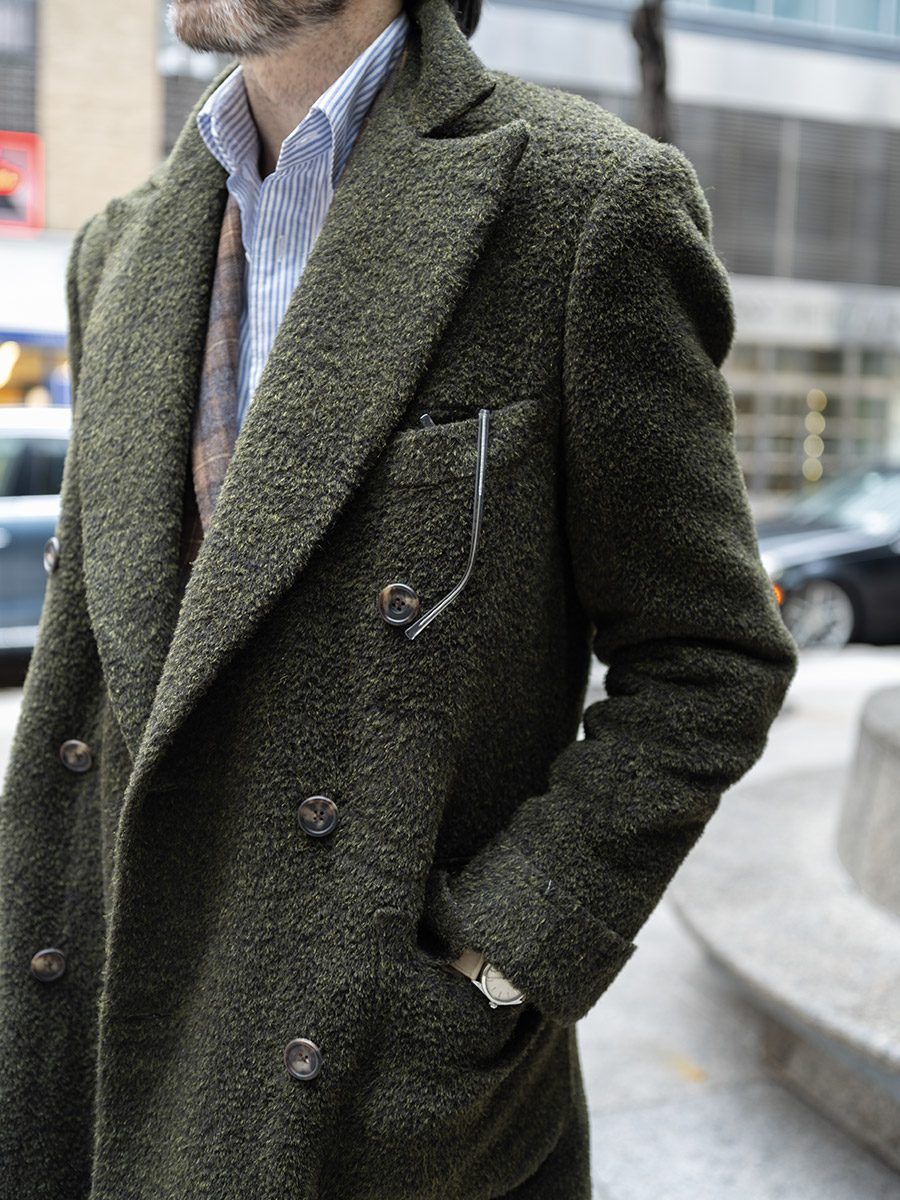
Then you met Alan?
I eventually met Alan through a friend and former Suitsupply colleague, and joined the custom shop on the operations side, working with our tailors and the factories to streamline production. Over the next several years it was a progression to heading up sales, then running the shop, and eventually taking over from Alan.
In 2020, the covid downturn was very difficult on the business, and after decades of running the shop Alan decided it was the right time to retire. If I had gone my own way, I would have started something similar, so it made sense to carry on the torch of Alan Flusser. The proportion of the clothes, the silhouette, and the core approach to making clothing designed to flatter the individual are all things I feel strongly about and am glad to continue to offer.
How would you describe the house cut?
At the core I would call our tailoring an ‘updated drape silhouette’. We like a little fullness in the chest, a bit of ease in the back blades with a lightly suppressed but natural waist. It’s a soft styled garment, with a light shoulder pad and soft full front canvas with no stiff horsehair chest piece.
We make about half of our trousers with a relatively high rise and forward pleats, and the rest are usually a bit trimmer and flat-front. We always urge folks to try them closer to the natural waist and with a touch more ease than they’re typically used to wearing.
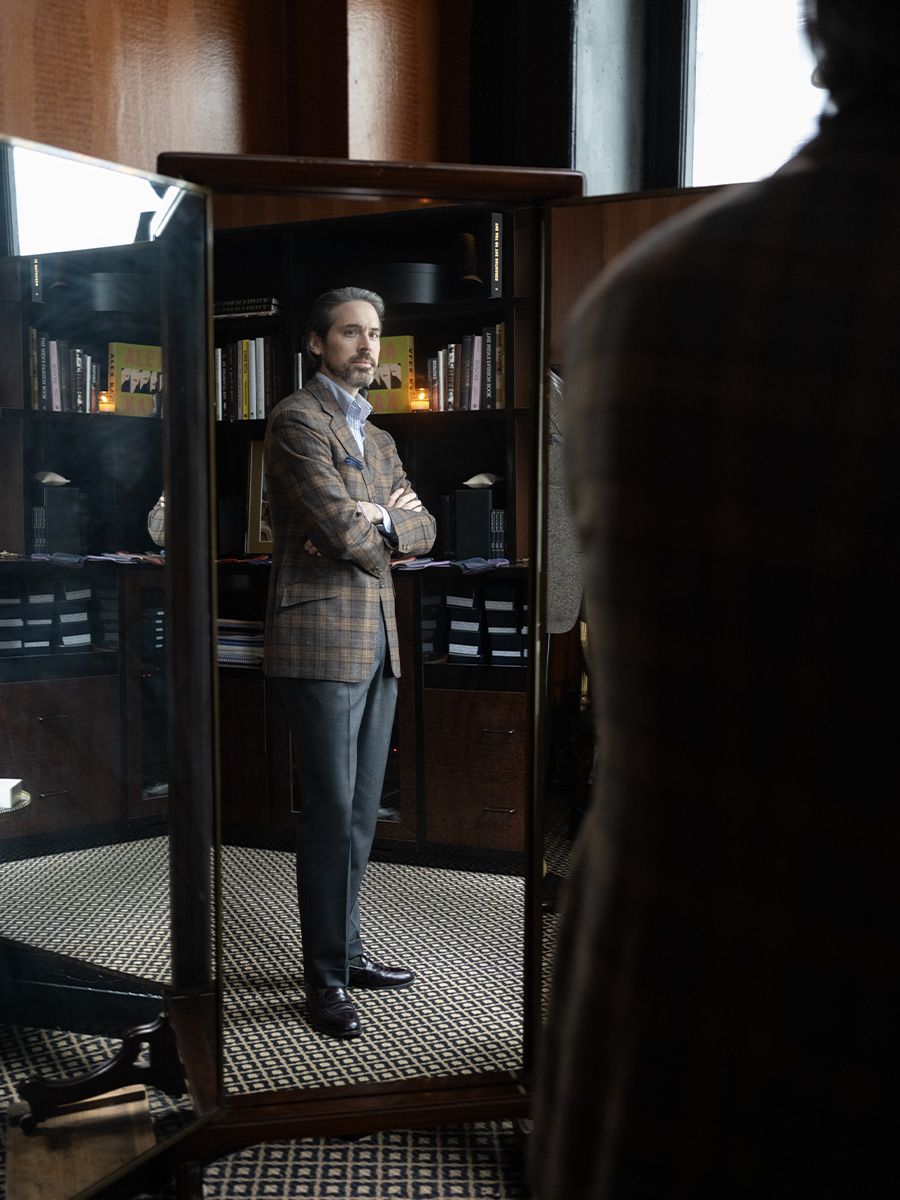
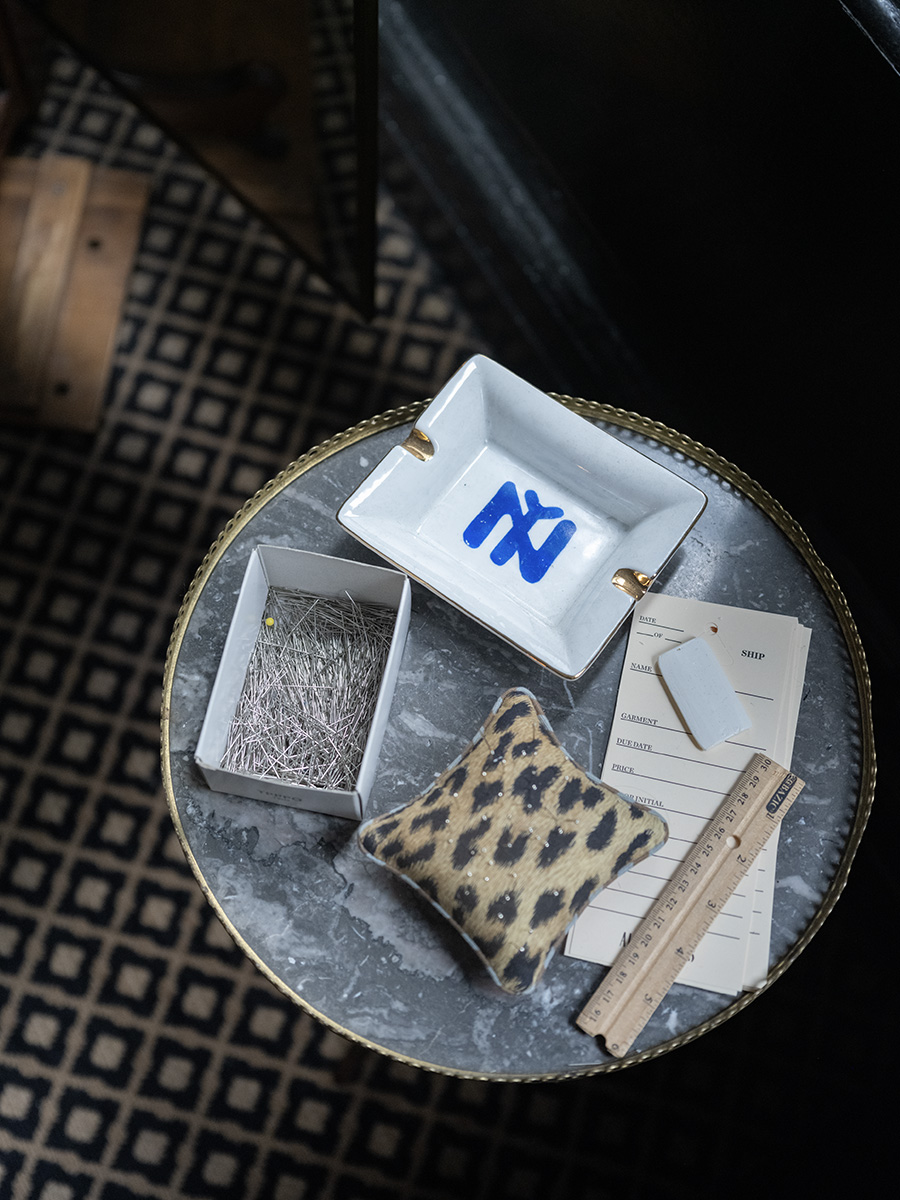
How about the shirts?
We tend to like fabrics that are a little more interesting. As an example, I’d rather show a shadow stripe or multi-stripe as opposed to a simple bengal or pencil stripe. It’s a small detail that few people would notice, but that bit of eccentricity helps set the shirt apart.
As with our tailored clothing, the key to the design of a beautiful shirt is its proportions. You should look at ease in our shirts, while still having some shape through the body, and we pay special attention to the collar and the cuffs.
We tend to make collars that are a little stronger in expression than you’d find off the rack. The collar points should be long enough on a spread collar to tuck under the lapels of the jacket. A diminutive collar can make your head look oddly large. For a person with a long thin face, they would be well-served by a more spread collar to counter those angles. Those with more circular, rounder faces may find that a more pointed/straight collar offsets their face shape in a flattering way.
We cut the sleeves a bit long, and the cuffs trim, so that the cuffs sit properly at the base of the wrist and stay there, even with movement.
We call this framing the face and dressing the hand. Just as you would select a frame that complements and brings forward a piece of art, so should you select a shirt collar that presents you in the most flattering way.
Book an appointment with Jonathan at alanflusser.com

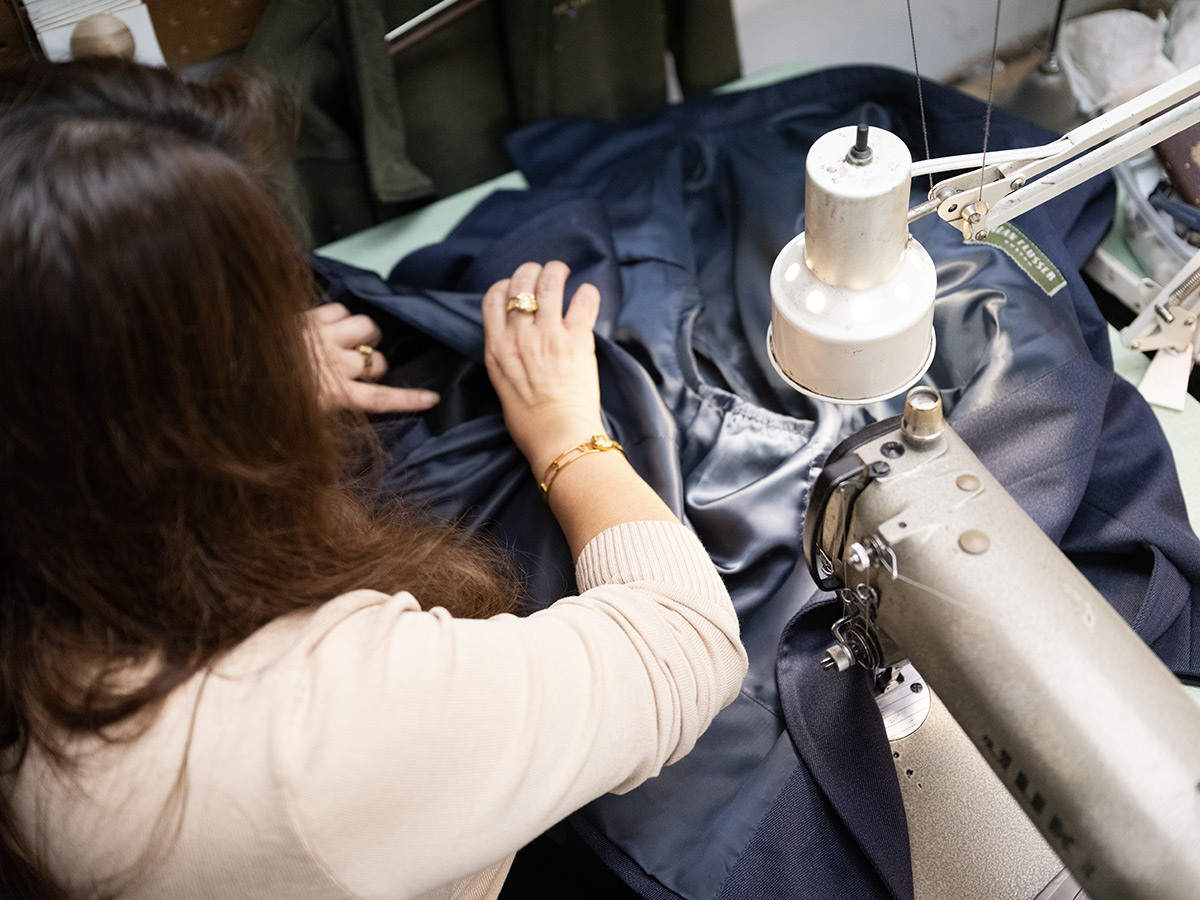
Photo credit: Elliot Hammer
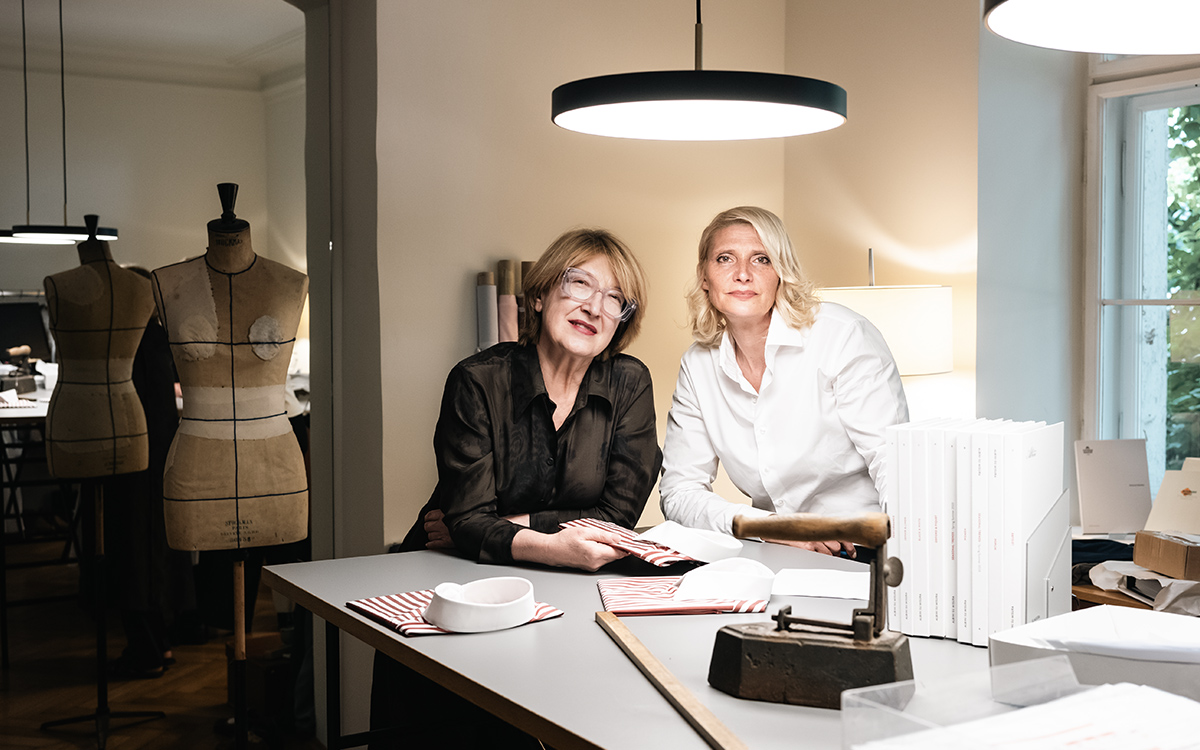
Reiser Manufaktur: 70 years of Craftmanship in Munich

Six decades of British style: Sir Paul Smith
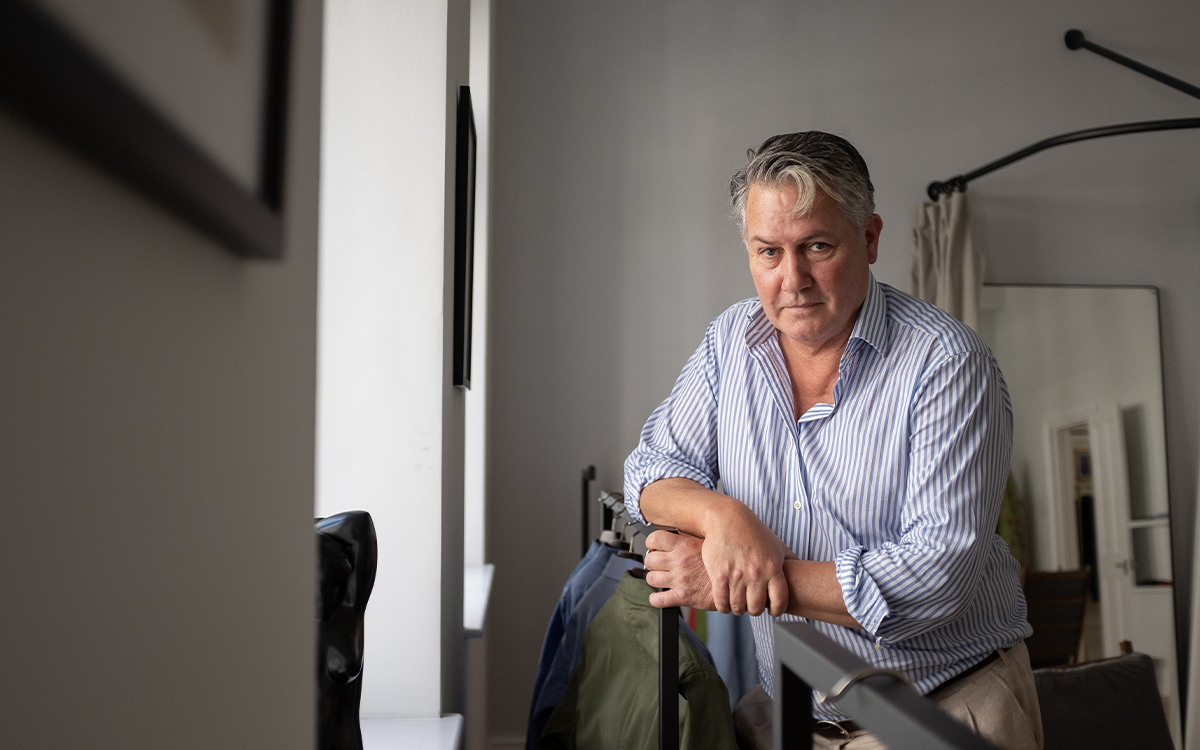
Robert Emmett: Keeping it light
Cotonificio Albini S.p.A. - Via Dr. Silvio Albini 1, 24021 Albino (BG) – Italy
Società con unico socio - diretta e coordinata da Albini Group S.p.A.
P.I. 01884530161 - C.F. 08743540158 - Iscritta al Registro Imprese di Bergamo - REA 244649
Capitale sociale sottoscritto e versato € 11.170.960